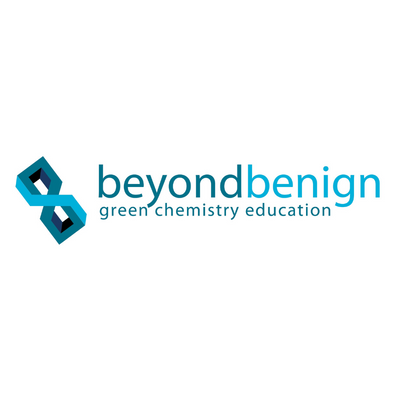Stoichiometry: Reaction of Iron with Copper(II) Sulfate

Summary
Students use stoichiometry to deduce the appropriate equation for the reaction between solid metallic iron and a solution of copper(II) sulfate. This reaction produces solid metallic copper, which is precipitated as a finely divided red powder in a single displacement reaction. During the reaction, atoms from a solid metal exchange with different metal ions in a salt solution. The iron produced could be either Fe2+ or Fe3+. Students use stoichiometric principles to determine which of these ions is formed in the reaction. An excess of copper(II) sulfate (to make sure that all the iron is reacted) will be added to a known mass of iron. The metallic copper produced will be weighed. The masses of the iron and copper metals will be used to calculate the moles of iron used and the moles of copper formed.
This lesson plan was developed and written by Tamara Fitzgarrald at Bradley University.
This lesson plan was developed and written by Tamara Fitzgarrald at Bradley University.
Safety Precautions, Hazards, and Risk Assessment
List of chemicals used in this lab:
Iron 7439-89-6
Copper(II) sulfate 7758-98-7
Copper 7440-50-8
Acetone 67-64-1
All solution containers should be clearly labeled. Precautions, including proper personal protective equipment such as goggles and gloves, should be used when working with the aqueous solutions and acetone. Avoid spilling the solutions on clothing.
Always wash your hands after completing the experiments and demonstrations. DO NOT pour the metallic solids into a sink; they may be discarded into the trash.
Iron 7439-89-6
Copper(II) sulfate 7758-98-7
Copper 7440-50-8
Acetone 67-64-1
All solution containers should be clearly labeled. Precautions, including proper personal protective equipment such as goggles and gloves, should be used when working with the aqueous solutions and acetone. Avoid spilling the solutions on clothing.
Always wash your hands after completing the experiments and demonstrations. DO NOT pour the metallic solids into a sink; they may be discarded into the trash.
Teacher Recommendations or Piloting Data (if available)
We have run this in our Gen Chem 1 Lab courses in past years, after stoichiometry and redox reactions have been covered in lecture. Some of the tips and tricks are given in the lab directions themselves. Possible connections to copper mining, problems with sulfide-based ores (acidification resulting from oxidation to sulfates).
Digital Object Identifier (DOI)
https://doi.org/10.59877/TZOL3846
File (PDF, PPT, image, etc)
File (PDF, PPT, image, etc)
Creative Commons License

This work is licensed under a Creative Commons Attribution-NonCommercial-ShareAlike 4.0 International License.
